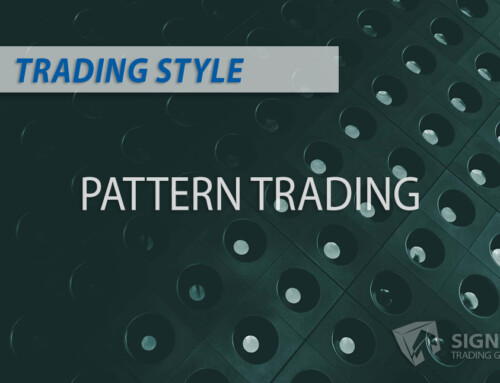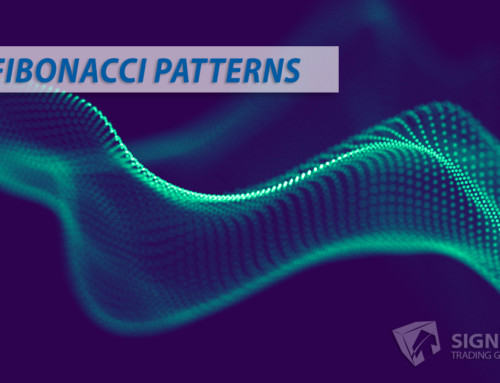The Sequential Pattern
The Sequential Pattern is a unique trading strategy developed by Tom DeMark, a renowned technical analyst. This pattern is characterized by a series of nine price bars or candlesticks, each fulfilling specific criteria relative to their closing prices four bars earlier.
The Basics of the Sequential Pattern
The essential premise of the Sequential Pattern is the belief that market prices tend to move in specific sequences, and understanding these sequences can provide valuable insights into potential breakouts or reversals. This pattern primarily comprises two key components: the Setup and Countdown phases.
Setup Phase
The setup phase forms the initial part of the Sequential Pattern and consists of nine consecutive price bars. In an uptrend, each bar’s close should be higher than the close four bars earlier. Conversely, in a downtrend, each bar’s close should be lower than the close four bars earlier. Once these nine bars have been completed, the current trend may be nearing exhaustion.
Countdown Phase
Following the setup phase, the countdown phase begins. It consists of thirteen bars and further validates the impending exhaustion of the trend. The countdown phase has more complex requirements and involves comparing the close of a bar with the low or high two bars earlier, depending on whether the trend is upward or downward.
Practical Application
Traders typically use the Sequential Pattern to identify strategic entry and exit opportunities. When the pattern indicates a potential reversal, traders might choose to enter a trade in anticipation of the new trend. The pattern can also set stop-loss levels, providing risk management benefits.
In conclusion, while the Sequential Pattern offers a systematic approach to predicting market trends, it should not be used in isolation. For best results, traders should combine it with other technical analysis tools and indicators to confirm signals and enhance decision-making accuracy.




